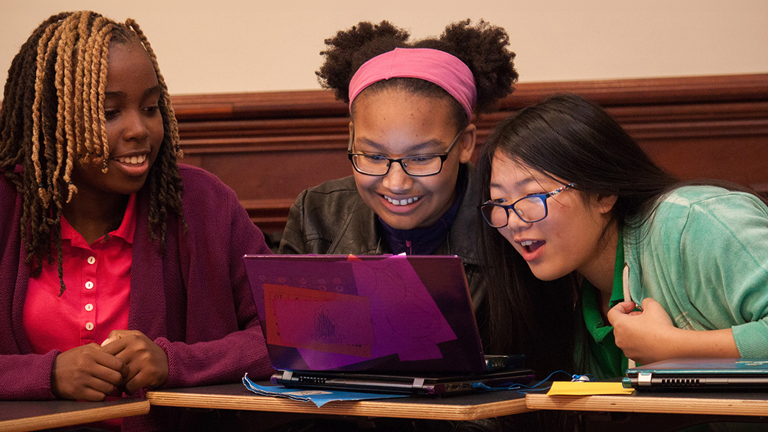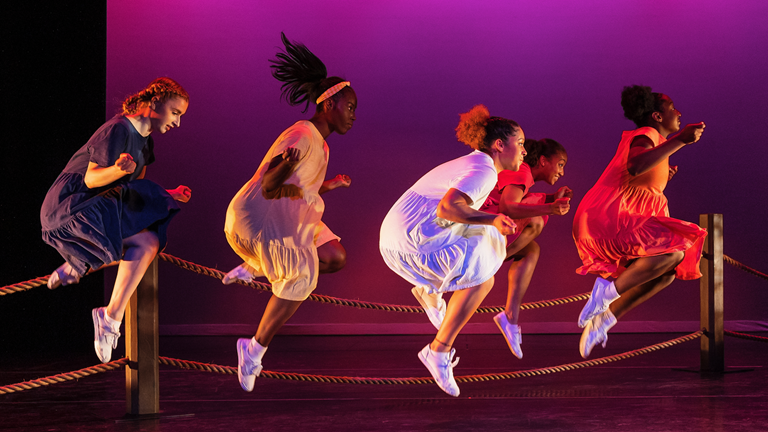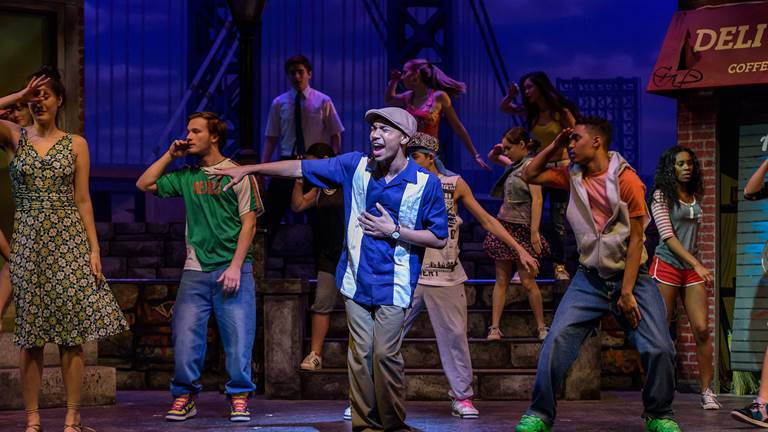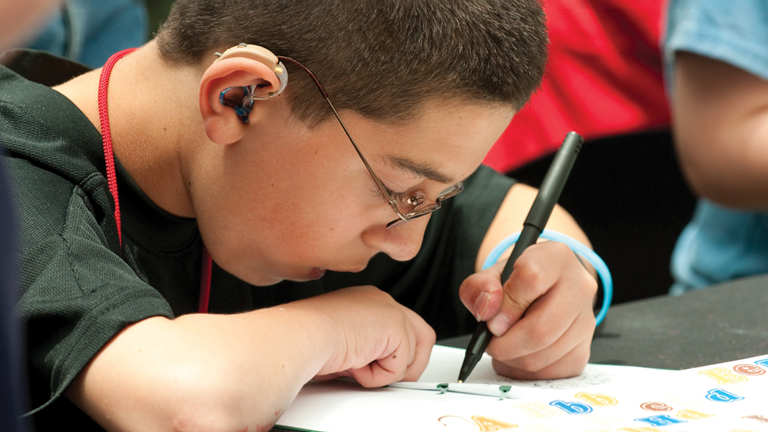Finn
Let’s “seas” the day—it’s time to sparkle and shine!
From the creator of Doc McStuffins and Vampirina, Finn explores the depths of the brilliant and beautiful ocean with quirky sea creature characters and catchy tunes. Hilarious and heartwarming, this underwater musical chronicles the coming-of-age journey of Finn, a young shark who dreams of following in his family’s footsteps by joining the prestigious Shark Guard. As Finn faces the challenges of growing up and following his heart, the musical takes us on a magical journey of self-discovery, friendship, and adventure. With its extraordinary mix of music and spectacle, Finn is by Chris Nee, Michael Kooman, and Christopher Dimond.
November 21-December 20, 2024
Family Theater, recommended for grades K-5
Estimated duration is approximately 60 minutes.
Sensory-friendly performances are available.
This event is no longer available. Registration for this event has closed.
Image designed by Jacob Cooper.









